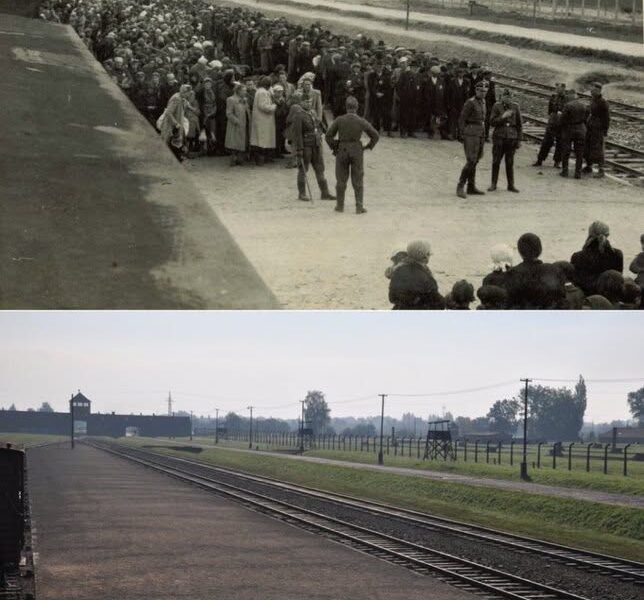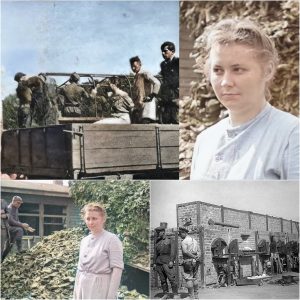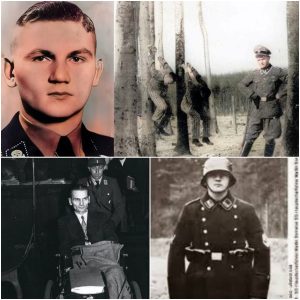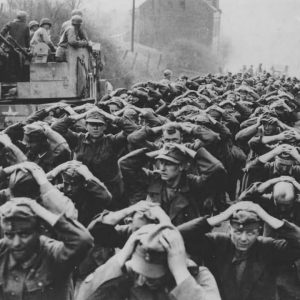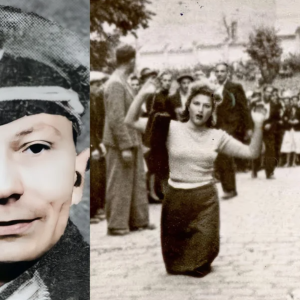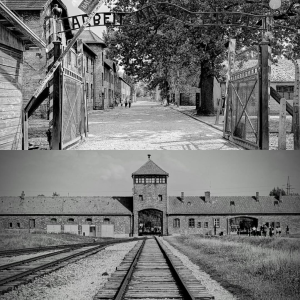
On May 16, 1944, one of the most gruesome chapters in the history of the Holocaust began: the systematic deportation and murder of Hungarian Jews in the Auschwitz-Birkenau concentration and extermination camp.
On that day, three trains carrying approximately 9,000 Hungarian Jews arrived at the camp. The vast majority of them were sent to the gas chambers and murdered immediately upon arrival. Without names. Without trial. Without the chance to say goodbye.
Between May 16 and July 9, 1944, approximately 420,000 Hungarian Jews were deported to Auschwitz in 142 transports. This extermination operation was organized under the strictest secrecy and carried out with shocking efficiency. The victims were men, women, and children—entire families who were torn from their homes overnight.
By this time, Auschwitz was no longer merely a concentration camp, but an industrially organized site of mass murder. Upon arrival, the deportees were selected: those fit for work were assigned to the camp, while the rest – mostly the elderly, the sick, pregnant women, and children – were sent directly to their deaths. The selection process often lasted only a few minutes.

The scale of this crime defies imagination. The fact that thousands of people could lose their lives in a single day speaks volumes about the depths of human cruelty – but also about the dangerous silence of a world that often reacted too late.
But behind the numbers are people. Every single victim had a name, a life, hopes, dreams. This memory must not be lost.

Today, over 80 years later, we have a responsibility to tell this story – not to dwell in the past, but to protect the future. The story of Auschwitz is not a distant episode; it is a warning. Against antisemitism. Against hatred. Against indifference.
In times when antisemitic attacks are on the rise again, and when conspiracy theories and hate speech are spread online, it is more important than ever to remember. Not in the form of assigning blame, but as a sign of humanity and collective conscience.

The history of Auschwitz teaches us that democracy, human rights, and freedom are not givens. They must be defended, protected, and lived every day. Remembrance is not a passive act—it is an active, conscious effort against forgetting.
What happened on May 16, 1944, is not “just history.” It is part of our moral heritage. A heritage that obligates us – to look, to speak out, to act.
